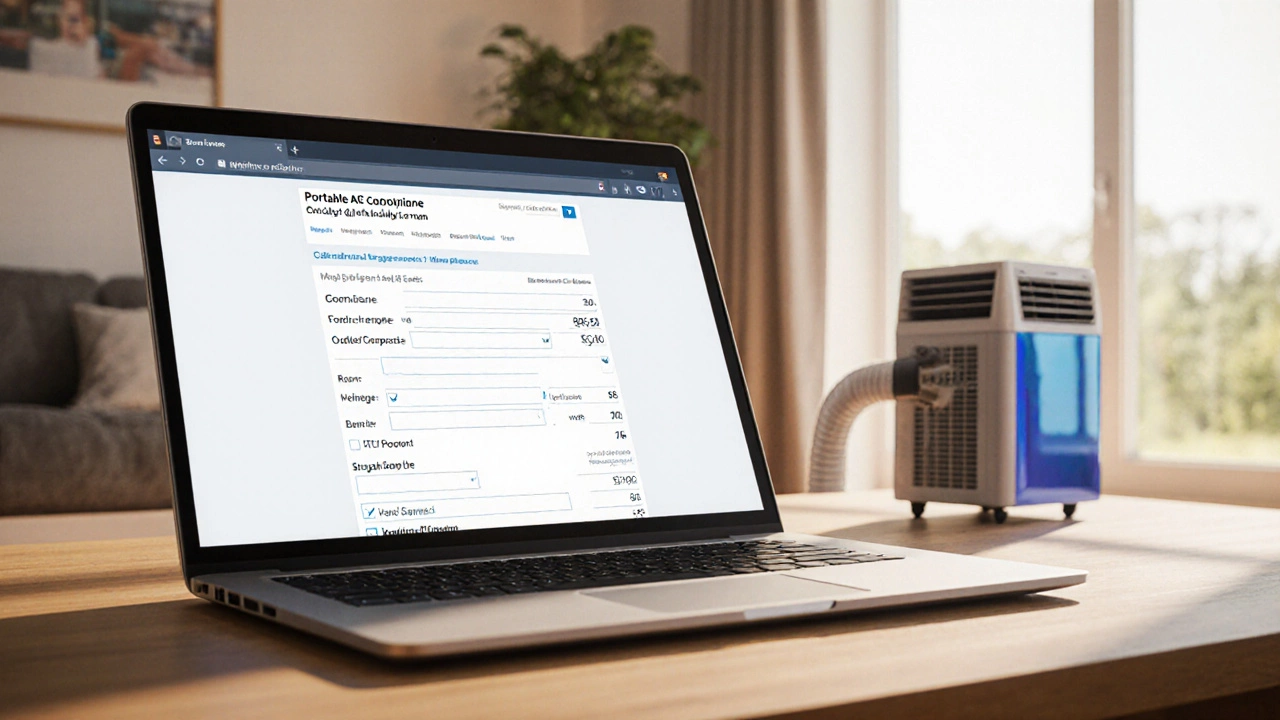If you’ve just bought a portable air conditioner, the first question on your mind is probably how long it will actually run. Will it keep the room cool all night, or will it shut off after a few hours? The answer isn’t a one‑size‑fits‑all number – it depends on several everyday factors. Below we break down what controls runtime and give you simple ways to stretch those cooling minutes.
1. Room Size vs. BTU rating – Every portable AC comes with a BTU (British Thermal Unit) rating that tells you how much heat it can move. If you put a 8,000 BTU unit in a small bedroom, it will cool quickly and can stay on longer. Put the same unit in a large living room and it’ll have to work harder, cycling on and off more often, which shortens the overall run time.
2. Thermostat setting – The lower you set the temperature, the more the compressor runs. A modest 24 °C (75 °F) setting often lets the unit run steadily, while a colder 20 °C (68 °F) setting can force frequent shutdowns as the compressor reaches its limit.
3. Ambient temperature and humidity – Hotter days and high humidity make the unit’s job tougher. On a 35 °C (95 °F) swelter, expect the AC to cycle more, reducing continuous runtime compared with a milder 28 °C (82 °F) day.
4. Ventilation and hose length – Portable ACs need to vent hot air outside. A long, kinked exhaust hose creates back‑pressure, forcing the compressor to work harder and cut down runtime. Keep the hose as short and straight as possible.
5. Power source – Most portable units run on 120 V AC, but some models have battery packs for limited use. Battery‑powered runtime is usually measured in hours and drops quickly under heavy cooling demand.
• Pre‑cool the room – Close blinds, shut doors, and turn on a fan to circulate air before you start the AC. The unit then has less work to do.
• Use the Eco or Energy‑Saver mode – Many models include a setting that adjusts the compressor speed based on the room temperature, keeping the unit on longer without excessive power draw.
• Maintain the filter – A dirty air filter clogs airflow, forcing the compressor to run hotter and shut off sooner. Clean the filter every two weeks for optimal performance.
• Seal gaps around the exhaust – If hot air leaks back into the room, the AC will keep turning on. Use foam tape or a snug window kit to seal the vent.
• Don’t overload the power strip – Plug the AC directly into a wall outlet. Overloaded strips can cause voltage drops, making the unit shut down early.
• Schedule run times – If you only need cooling when you’re home, set a timer or use the unit’s built‑in schedule function. This avoids unnecessary hours of operation and saves electricity.
By watching these factors and applying a few easy habits, you can get a portable air conditioner to run for many hours straight, keeping your space comfortable without surprise shutdowns.
Remember, no portable AC will run forever on a single charge or without a well‑matched room size. Matching the right BTU to your space, keeping the unit clean, and using smart settings are the best ways to maximise runtime and keep your energy bill in check.

Learn how to determine the optimal daily runtime for a portable air conditioner, factoring in room size, humidity, BTU rating, and energy costs to stay cool efficiently.